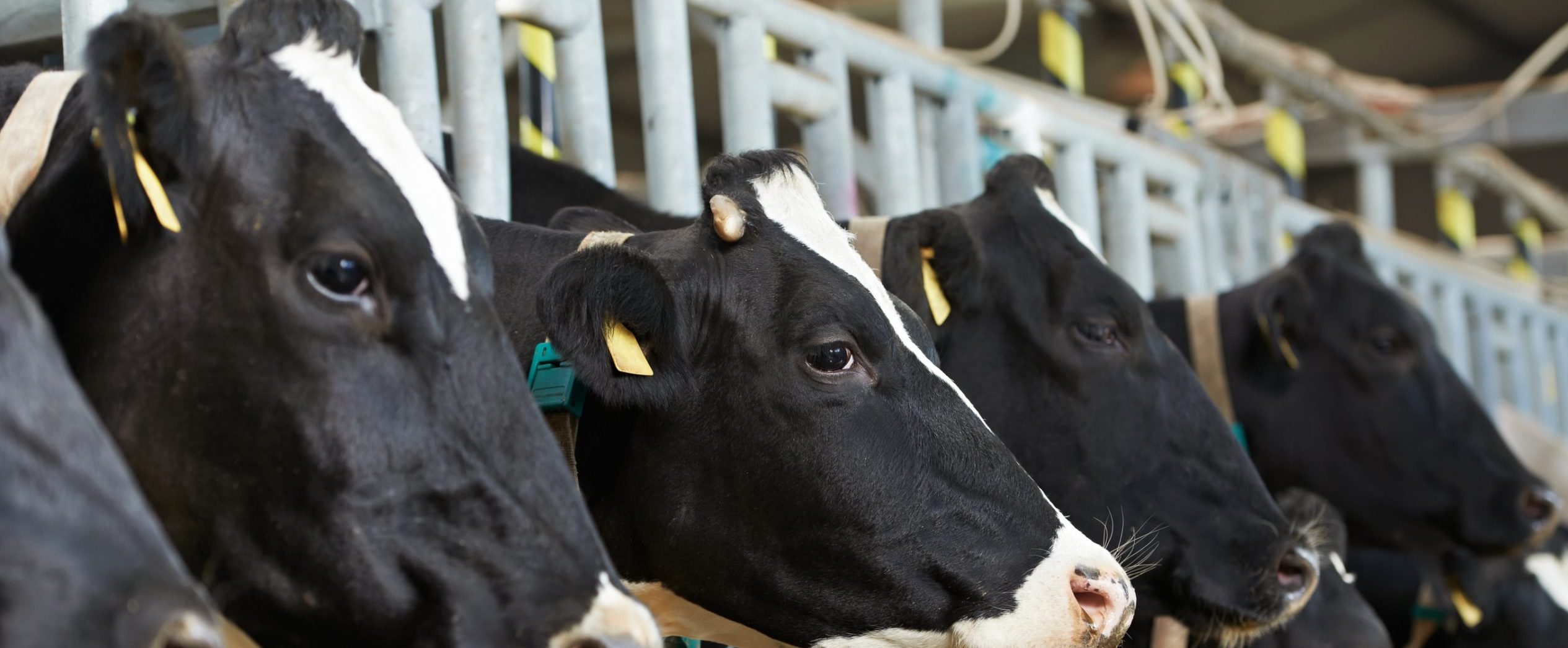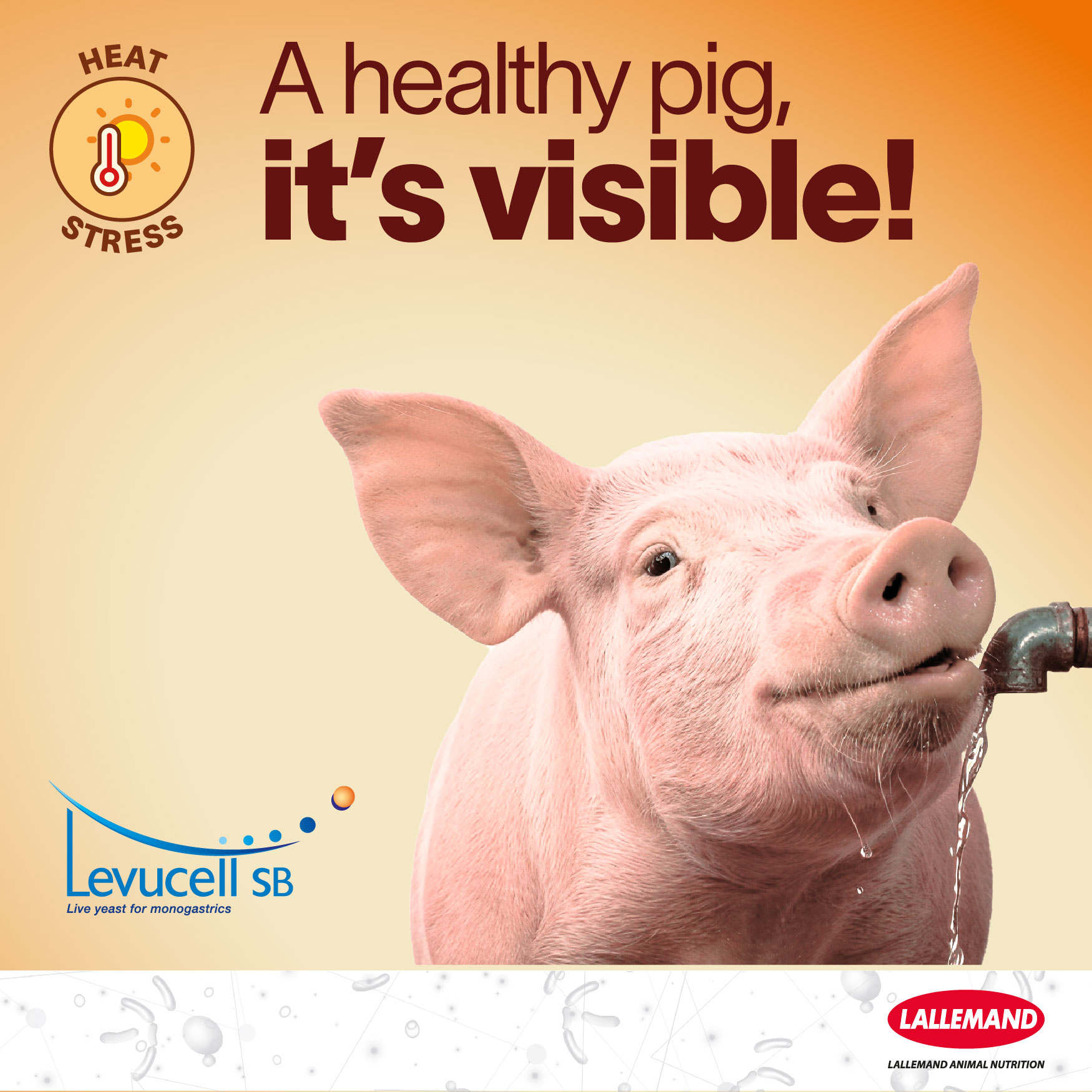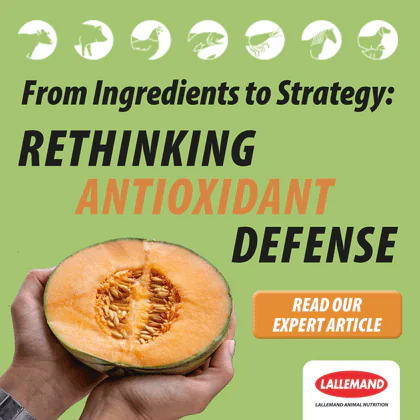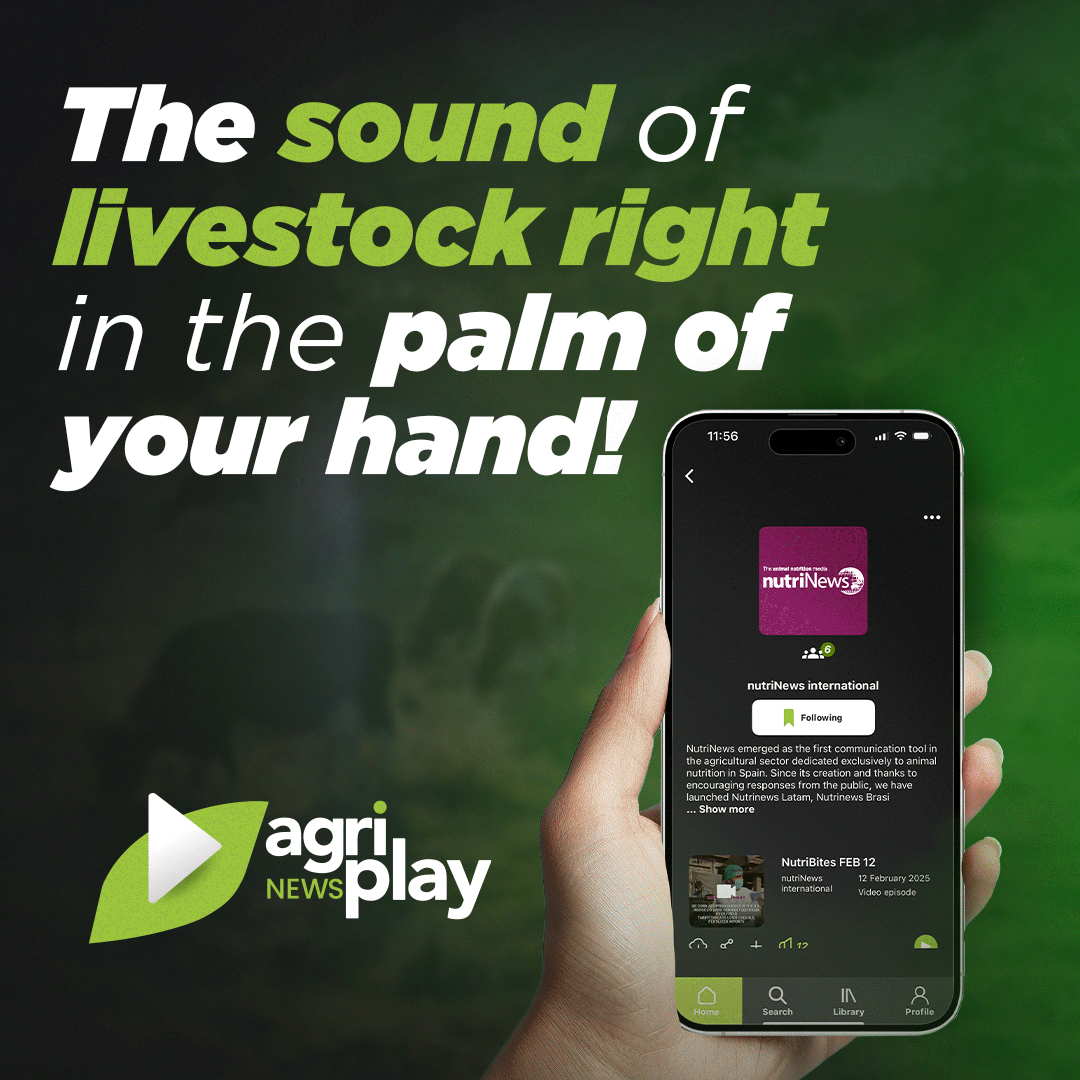Supplementation of exogenous β-mannanase to low protein diets improved feed conversion efficiency in lactating dairy cows.
In dairy production systems, feed constitutes the greatest cost and profitability of the operation depends on managing the inputs into the system.
- Improving feed conversion efficiency (FCE) not only enhances the viability of a dairy operation but it also reduces excess nutrient excretion into the environment.
Although exogenous enzymes have been used routinely in nonruminants to improve nutrient utilization, their use in dairy diets has been limited mainly due to concerns that such enzymes would be ineffective due to hydrolysis in the rumen (Adesogan, 2005).
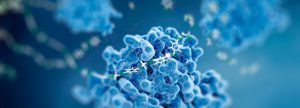
- However, ruminant diets typically contain relatively greater amounts of forages which contain 70-80% as insoluble cell wall (Van Soest, 1994). This has the potential to be digested through enzymatic activity.
In addition, the dairy industry continues to integrate plant based by-products as part of the animals’ diet to reduce cost, which increases the potentially enzymatically degradable fiber content of the diet.
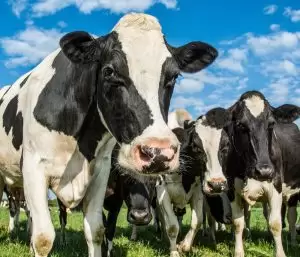
Fibrolytic enzymes such as β-mannanase hydrolyze non-starch polysaccharides in plant cell walls by targeting plant cell walls.
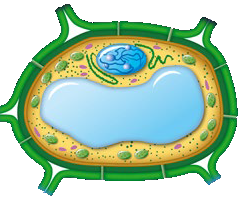
The polysaccharide β-mannan is an important component of the plant cell walls and includes pure mannan, glucomannan, galactomannan, and galactoglucomannan (Moreira and Filho, 2008).
Several studies have investigated the effectiveness of β-mannanase as an exogenous enzyme supplemented in livestock diets.
- In nonruminants increases in digestibility of minerals, CP and OM has been reported through reduction of digesta viscosity and increased enzymatic activity in the intestine in swine (Lv et al., 2013).
- Supplementation of β-mannanase in broilers was reported to increase FCE, and mitigated ileal viscosity (Lee et al., 2003).
There has been relatively little research conducted on the efficacy of β-mannanase in ruminants.
Supplementation of exogenous β-mannanase increased overall growth, FCE, and nitrogen (N) utilization in goats (Lee et al., 2014) and increased average daily gain in growing beef heifers (Seo et al., 2016).
Tewoldebrahan et al. (2017) investigated the effects of exogenous β-mannanase in dairy 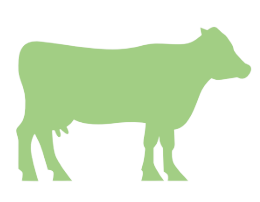 cattle fed corn silage and alfalfa hay-based diet. The authors reported that cows receiving β-mannanase increased milk yield per unit of DMI and milk protein yield per kilogram of CP. They also reported that the percentage of N intake partitioned to urinary N tended to be greater in supplemented cows, perhaps indicating that more N was absorbed than could be supported for milk synthesis.
cattle fed corn silage and alfalfa hay-based diet. The authors reported that cows receiving β-mannanase increased milk yield per unit of DMI and milk protein yield per kilogram of CP. They also reported that the percentage of N intake partitioned to urinary N tended to be greater in supplemented cows, perhaps indicating that more N was absorbed than could be supported for milk synthesis.
- Our hypothesis was that if cows were fed reduced amount of CP and supplemented with β-mannanase, N use efficiency would further increase resulting in reduced feed cost per unit of milk production. Therefore, the objective of this study was to determine the effects of exogenous β-mannanase supplementation on feed conversion efficiency (FCE), and milk yield in cows fed relatively low CP levels compared to a standard diet.
MATERIALS & METHODS
The study was conducted at the Dairy Unit of the Animal Science Department’s Teaching and Research Facility at the University of California-Davis. Twelve post peak-lactation multiparous Holstein cows with an average of 643± 48 kg BW, 40.5± 3.6 kg/d milk yield, and 128± 9.64 DIM were assigned to 3 treatments in a 3-period crossover design, where treatment sequences were balanced using 3 × 3 Latin squares to mitigate possible carryover effects.
The treatments were:
=> high crude protein (16.1% CP, HCP) TMR diet,
=> low crude protein (14.6% CP, LCP) TMR diet, or LCP diet supplemented with commercially available β-mannanase enzyme (LCPE) at 0.1% of concentrate DM.
The β-mannanase enzyme (CTCZYME, patent 100477456-0000, CTC Bio Inc., Seoul, South Korea) is a natural enzyme produced by Bacillus subtilis (WL-1). Kweun et al. (2004) reported that the enzyme had a pH optimum at 6.0 and a temperature optimum at 55oC.
- The activity of the enzyme was estimated to be 800,000 U/kg at pH 4.0 and 30oC (Kim et al., 2013). The dose was determined based on the study by Teweldebrhan et al. (2017).
- The enzyme was offered to the animals by hand mixing it thoroughly with corn silage first and then mixing the corn silage with rest of the feed.
- Each experimental period was 18 d consisting of 14 d adaptation in free-stall barn, 1 d adaptation to metabolic stalls and 3 d total collection of urine and feces from cows housed in metabolic stalls individually.
- Cows were fed twice daily at 0800 and 2000 h at 110% of previous day intake. Milk yield and composition, and DMI of individual animals were measured. All animals had ad libitum access to water.
Sample Collection and Analysis
Offered feed and refusals by individual cows were weighed and recorded daily. Feces from individual cows were sampled daily in each period. Individual feed ingredients were sampled just before (on d 13) and at the end (on d 18) of sampling in each period. Feed ingredients and feces samples of individual cows were pooled across days within each period and stored at –20 oC until analyzed for chemical composition. Cows were milked twice daily and samples were collected daily from individual cows and analyzed for milk fat, protein, lactose, milk urea N (MUN) concentrations and milk somatic cell count (SCC).
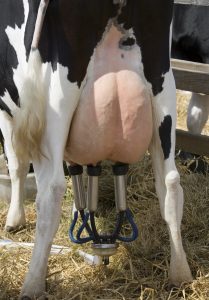
Daily feces and urine output by individual cows (kg/d) in metabolic stalls were measured on d 16 through to d 18 as described by Teweldebrhan et al. (2017).
- It was assumed that digestion and metabolic responses to enzyme would reach homeostasis after a 2 wk adaptation period. Feces from individual cows were scraped with long hoe scrapers into a plastic tray assigned to each cow before they stepped or rest on it. The individual feces trays were weighed and a representative fecal sample (100 to 150 g) was drawn every 3 h during the metabolic trial period.
- Urine from each cow was collected, sample collection begun after a 24 h acclimatization period. All urine cans were weighed, sampled and emptied every 3 h. A 5 ml of urine was pipetted into a 250 ml plastic bottle containing 6.5 ml of 2 mol/L hydrochloric acid at each time of sampling. Acidified urine samples were stored at –20oC until analyzed for total N concentration.
- Feed ingredients and feces samples were analyzed for DM, CP, NDF, ADF, lignin, starch, total ash and individual mineral contents.
Statistical Analysis
A linear mixed model in R was fitted to determine the effect of β-mannanase supplementation on FCE (milk yield:DMI), DMI, BUN, and somatic cell count with the lmer function. The models were fitted according to Tempelman (2004) for Latin square design.
Details to the analytical methods and statistical analysis upon request.
RESULTS AND DISCUSSION
Dry Matter Intake and Milk Components
Dry matter intake was not affected by reduction in dietary protein levels or β-mannanase supplementation, however, there was a tendency for cows in LCPE to have lower DMI compared to HCP treatment (P = 0.068).
In agreement with previous studies that supplemented either β-mannanase (Teweldebrhan et al. 2017) or other exogenous enzymes such as xylanase (e.g., Romero et al. 2016), we did not observe significant differences in milk yield, milk composition, and milk component yields. However, there was a tendency for greater milk yield in cows supplemented with β-mannanase compared to those on LCP diet (P = 0.09).
Cows on HCP diet had significantly greater milk urea N (MUN) compared to those on LCP and LCPE diets. Spek et al. (2013) reported that dietary protein level is one of the factors that affect levels of MUN. In our study there was no significant difference in MUN between cows receiving the two low CP diets (P = 0.28) confirming that this is largely due to differences in dietary protein levels.
The somatic cell count in milk was significantly lower in cows receiving LCPE treatment compared to LCP (P = 0.0038) and HCP (P = 0.045) treatments. The results are in agreement with Teweldebrhan et al. (2017) who also found that supplementation of exogenous βmannanase to shift cows from close to sub-clinical mastitis to normal conditions (97,000 vs 111,000 vs 59,000 cells/ml for cows consuming HCP, LCP and LCPE diets, respectively).
Apparent Total Tract Digestibility
Dry matter, OM and nutrient digestibilities were not affected by treatment. Teweldebrhan et al. (2017) reported the apparent total tract digestibility of nutrients were not affected in cows supplemented β-mannanase at 0.2% DM but observed lower DM, OM and CP digestibility in cows supplemented at the lower dose.
Feed Conversion Efficiency
- Feed conversion efficiency was calculated as the ratio of milk yield:DMI. Efficiencies of converting dietary CP and AACP into milk protein and the efficiency of apparently absorbed OM into milk yield was calculated. Cows receiving the LCPE compared to HCP diet improved FCE by 190 g/kg DMI (13.4% improvement, P = 0.003).
- Compared to cows on LCP diet, those on LCPE also had a significant (P = 0.014) increase in FCE (160 g/kg DMI; 11.0% improvement).
- Therefore, the increase in FCE was not only due to reduction in dietary CP content but also due to β-mannanase supplementation. Although there was no significant differences in efficiency of utilization of apparently absorbed OM, cows receiving the LCPE diet tended to have greater efficiency (P = 0.10).
- Cows receiving LCPE diet used dietary CP more efficiently to synthesize milk protein compared to cows on HCP diet (milk protein:CP intake = 0.34 vs. 0.30, respectively). In this study greater milk N efficiency was achieved through enzyme supplementation partly due to a significant improvement in conversion of AACP to milk protein (0.48 vs. 0.56 for cows fed HCP vs. LCPE, respectively; P = 0.017).
- There was also a tendency for cows in LCPE to have greater AACP to milk protein conversion compared to cows on LCP diet (P = 0.10). Improved efficiencies of LCP and LCPE fed cows can partly be due to the possibility that reduced CP caused protein to be supplied close to the requirement avoiding extra energy expenditure for excreting excess N.
Reed et al. (2017) calculated that the metabolic cost of excess N excreted as urea could be 52 to 68 kcal/g N excreted. Therefore,cows on LCPE and LCP diets could spare energy for milk production compared to HCP fed cows.Teweldebrhan et al. (2017) speculated that the improved milk production efficiency can also be linked to a potentially lower immune response level in the mammary glands indicated by low SCC that can also have a favorable impact on energy efficiency.
Nitrogen Partitioning and Phosphorus Excretion
As expected, there was a significant reduction in total N intake in cows fed LCP and LCPE diets compared to HCP diet because DMI was not affected. Similarly, because CP digestibility was not affected, the relative reduction in N excreted in feces also reflected the reduced CP intake levels. Urine N levels were significantly lower in both diets with low CP intake compared to cows fed HCP diet.
The reduction in urine N excretion has a considerable impact on the environment because urine N is more susceptible to leaching than volatile losses of fecal N (Dijkstra et al., 2013b). On average, 25% of the N excreted in manure (Hristov et al., 2011) and 3 to 15% of urine N in the field or 4 to 52% from urine patches (Oenema et al., 2008) may be lost as ammonia depending on soil type, moisture, temperature, wind speed and urine N concentration and urine composition. Urine is the main source of volatile N emissions, therefore, manipulating the route of N excretion is an important mitigation tool for nitrous oxide which is a greenhouse gas with a global warming potential 265 times that of carbon dioxide over a 100-year horizon (IPCC, 2013).
Proportionally more N was incorporated into milk in LCP and LCPE compared to HCP fed cows. Teweldebrhan et al. (2017) speculated that β-mannanase supplementation may favor amino acid partitioning to mammary gland as β-mannans, the substrates of β-mannanase, have been shown to inhibit insulin secretion in non-ruminants (Morgan et al., 1985; Leeds et al., 1980).
However, supplementation of β-mannanase did not change total N excreted in manure (LCP vs. LCPE treatments). It did also not affect manure P output, although exogenous β-mannanase has been shown to reduce manure P output in growing pigs (Lv et al., 2013).
The most effective strategy to reduce N excretion and limit impact on the environment is to decrease the dietary CP content (Castillo et al., 2000; Kebreab et al., 2001; Spek et al., 2013).
Feeding a diet that contains CP above the requirement is inefficient because energy must be used to synthesize urea that is excreted in urine (Reed et al. 2017) and is costly to producers because excess N is excreted in manure.
Reduction of N intake decreases the amount of N excreted as demonstrated in our study and may improve N use efficiency (Kebreab et al., 2010). Furthermore, as milk production per cow increases, N use efficiency has also been reported to increase with concomitant reduction in N excretion per unit of product (Capper, 2011)
In our study cows maintained their level of milk production with reduced dietary CP when supplemented with β-mannanase.
Finally, there is a potential economic benefit to producers in reducing dietary CP concentration and supplementation of β-mannanase. Using the 2018 feed prices in California, we calculated the cost of feed to produce the same amount milk to be $9.41, $8.65 and $8.38/cow per day for cows fed the HCP, LCP and LCPE diets, respectively. Therefore, there is a potential daily savings of $1.03/cow during lactation through reducing dietary CP and supplementing β-mannanase.
CONCLUSIONS
![]() Supplementing β-mannanase to corn silage and alfalfa hay based diet increased milk yield intensity (i.e., milk yield per kg of DMI and milk protein yield per kg of CP intake) while reducing somatic cell counts in milk of mid-lactation Holstein dairy cows.
Supplementing β-mannanase to corn silage and alfalfa hay based diet increased milk yield intensity (i.e., milk yield per kg of DMI and milk protein yield per kg of CP intake) while reducing somatic cell counts in milk of mid-lactation Holstein dairy cows.
![]() The improvement in FCE is above and beyond that can be gained by reducing dietary CP concentrations.
The improvement in FCE is above and beyond that can be gained by reducing dietary CP concentrations.
![]() Supplementation of βmannanase at 0.1% of concentrate DM did not have a significant impact on milk component yields or composition, however, milk urea N was significantly lower due to reduced N intake.
Supplementation of βmannanase at 0.1% of concentrate DM did not have a significant impact on milk component yields or composition, however, milk urea N was significantly lower due to reduced N intake.
![]() Apparent total tract digestibility of DM, OM, CP, ADF, NDF, starch and ash were not affected by treatment.
Apparent total tract digestibility of DM, OM, CP, ADF, NDF, starch and ash were not affected by treatment.
![]() Dietary N intake was reduced in cows fed a diet with lower dietary CP content, which was reflected in lower fecal and urinary N output.
Dietary N intake was reduced in cows fed a diet with lower dietary CP content, which was reflected in lower fecal and urinary N output.
![]() The reduced N in urine has environmental and health benefits because urine is the main source of volatile N emissions such as ammonia and nitrous oxide.
The reduced N in urine has environmental and health benefits because urine is the main source of volatile N emissions such as ammonia and nitrous oxide.
![]() Further reduction in dietary CP concentration, perhaps in conjunction with rumen protected essential amino acids maybe possible. Therefore, more research needs to be conducted to investigate how much lower CP we can feed cows without compromising milk yield or animal health.
Further reduction in dietary CP concentration, perhaps in conjunction with rumen protected essential amino acids maybe possible. Therefore, more research needs to be conducted to investigate how much lower CP we can feed cows without compromising milk yield or animal health.
![]()
Our study indicated that it is possible to improve FCE and reduce dietary CP content and somatic cell counts without compromising milk production.
ACKNOWLEDGMENTS
This research was supported by CTC Bio Inc, Seoul, South Korea. The authors also acknowledge Sesnon Endowment fund of University of California, Davis. The authors are grateful to assistance provided by Doug Gisi and several undergraduate interns (Department of Animal Science, University of California-Davis, Davis, CA).
References and result tables with details available upon request.
